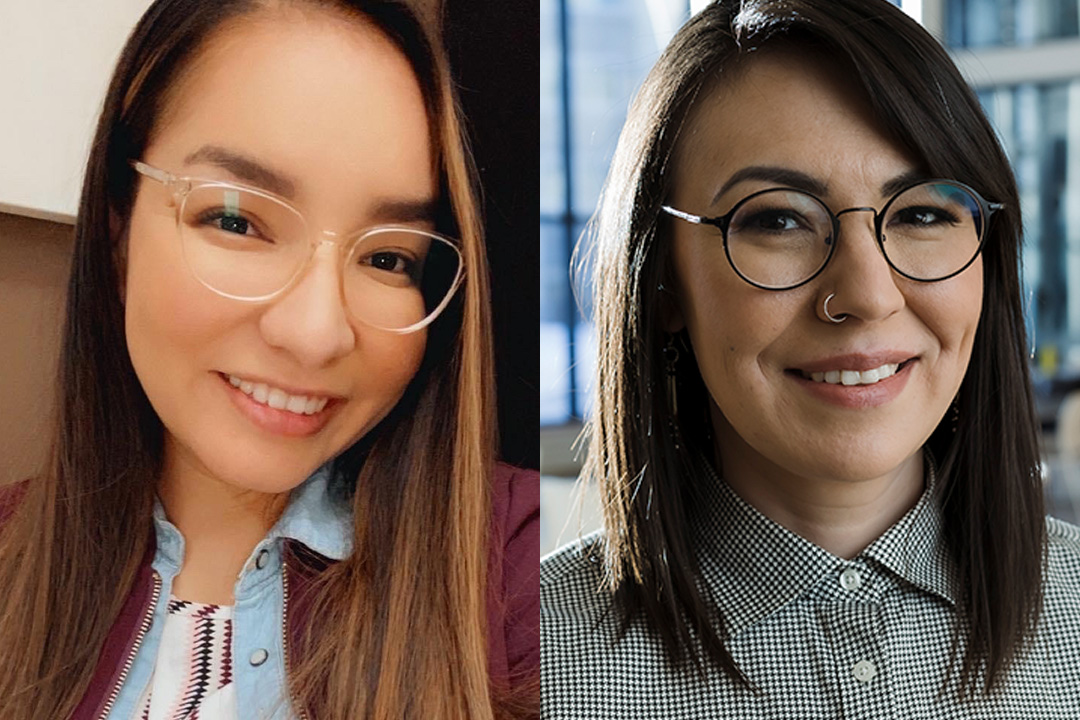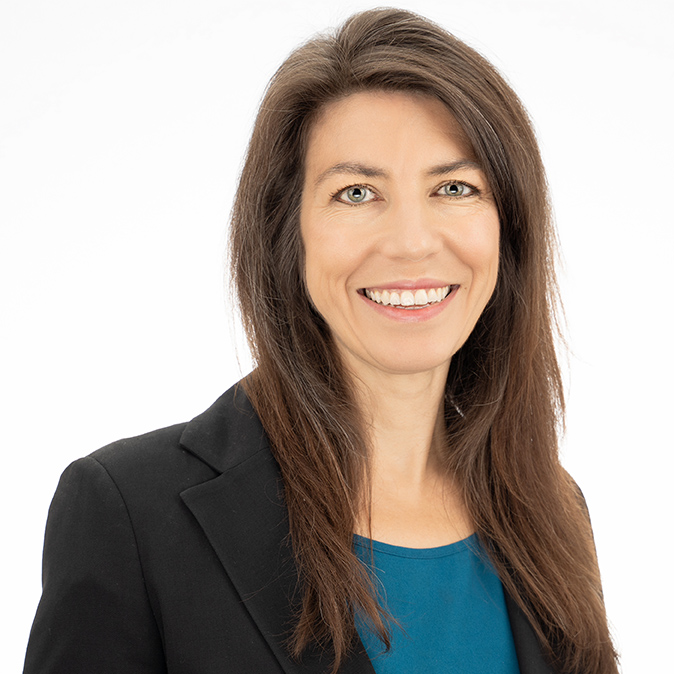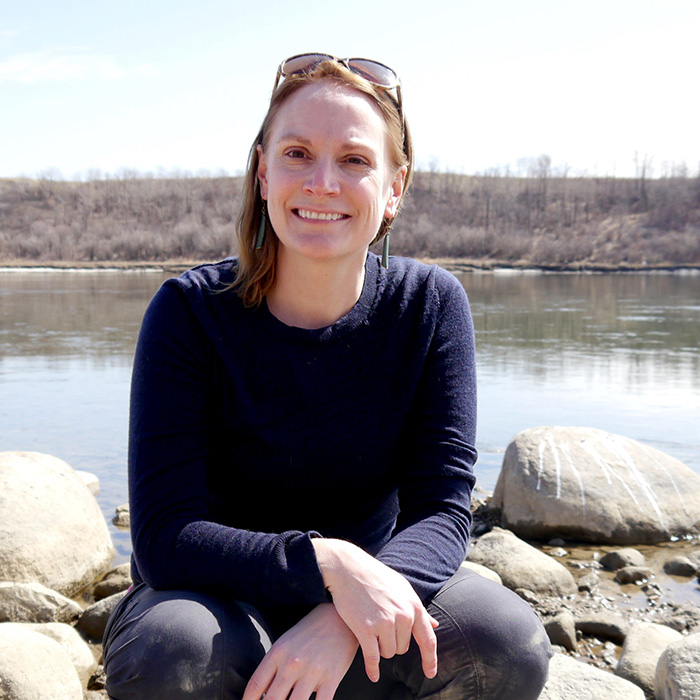
USask’s Indigenous Student Achievement Pathways program marks 10-year anniversary
ISAP welcomes First Nations, Inuit and Métis students to the College of Arts and Science, with academic and social programming that builds confidence, knowledge and skills
By Shannon BoklaschukA University of Saskatchewan (USask) program committed to Indigenous student achievement is celebrating its 10th anniversary this fall.
For the last decade, Indigenous Student Achievement Pathways (ISAP)—formerly called the Aboriginal Student Achievement Program—has welcomed First Nations, Inuit and Métis students to USask’s College of Arts and Science with academic and social programming that builds confidence, knowledge and skills.
Leanne Harris credits ISAP with helping her to succeed as a post-secondary student. Harris, who is from Pelican Lake First Nation, began her studies at USask in 2018 with ISAP and has since served as an ISAP summer program assistant.
As she sets her sights on convocation, Harris is encouraging new Indigenous students to participate in ISAP, noting that the program’s small cohort approach—with many classes and tutorials capped at 30 students—fosters a sense of community and enables Indigenous students to build long-lasting friendships.
“If I didn’t have ISAP, I don’t think I would have lasted (at university),” said Harris, who is studying sociology. “The small-cohort classes were a big help and helped me understand the material more.”

Described as an “opt-in” program, ISAP connects students with Indigenous faculty members, staff, alumni, Elders and peers through a combination of academic and co-curricular programming. For example, ISAP’s First Year Learning Communities bring students with common academic goals together in popular first-year courses, as well as for weekly gatherings with upper-year Indigenous peer mentors.
There are other benefits to joining ISAP, including dedicated and culturally responsive instructors; subject-specific tutorials; financial advocacy and bursaries; support with inter-college transfers, professional college admissions, and career preparation; celebrations and cultural engagement throughout the academic year; and ISAP Summer Start, an annual orientation event held on USask’s Saskatoon campus each August.
Since the program launched in 2012, ISAP’s programming has evolved and expanded in response to emergent opportunities as well as to Indigenous student and community priorities. For example, in 2017, ISAP began offering preparatory non-degree-credit science courses—Chemistry 90, Physics 90, Biology 90 and a developmental math lab—to students entering first-year university under-prepared for studying in science and professional STEM (science, technology, mathematics and engineering) programs. The 90-level courses are part of the STEM Accelerator Certificate, created with support from SaskPower, to help broaden students’ post-secondary program options and to satisfy the 30-level (high school) science prerequisites for USask programs.
ISAP‘s roots date back to 2011, when the assistant dean Aboriginal affairs position—now called the vice-dean Indigenous—was created in the College of Arts and Science. Dr. Kristina Bidwell (PhD), a faculty member in the Department of English, was the first person to serve in the role, and she and other college leaders were interested in increasing Indigenous student success and participation.
As Bidwell and her colleagues looked at statistics, they saw that many first-year Indigenous students did not return to university for a second year of studies. However, the statistics also indicated that Indigenous students who did return ultimately completed their degrees with similar success to their non-Indigenous counterparts.
Identifying the retention of first-year Indigenous students as a critical “sticking point,” Bidwell and her colleagues realized more needed to be done to support the students’ academic success. ISAP was created as a result.
“Our approach was to do everything we could to create a community environment in first year,” she said.
Developing ISAP was “a huge team effort” in the College of Arts and Science, said Bidwell, with faculty and staff working together in creative ways to address challenges and opportunities around course delivery, class sizes, academic advising, peer mentorship, tutoring, cultural programming and more.
“We worked with the Learning Communities program to create Indigenous-only learning communities—so groups of Indigenous students who took, usually, three classes together, in classes with only Indigenous students,” she said. “That really took the departments making a commitment to create these small classes.”
The college also worked to ensure there was an effective, holistic approach to academic advising for Indigenous students with the establishment of the Trish Monture Centre in 2014.

Dr. Sandy Bonny (PhD), a geologist and literary and visual artist, was hired during the early days of ISAP to teach a course on general academic skills for science students. She was then engaged to complete a consultation and development process for a STEM access strategy, which includes the STEM Accelerator Certificate. She now acts as ISAP’s team lead, continuing to teach ISAP courses and providing leadership to a team that co-ordinates ISAP programming within the administrative portfolio of the Office of the Vice-Dean Indigenous, in partnership with 15 departments in the College of Arts and Science.
ISAP’s unique approach to engaging students and encouraging success has been lauded by faculty, staff, students, alumni and Indigenous community members. In 2018, ISAP was honoured with the Provost’s Prize for Innovative Practice in Collaborative Teaching and Learning. In 2021, ISAP received $100,000 from the NIB Trust Fund, which supports First Nations and Métis people, organizations and communities in addressing the long-lasting impacts of the residential school system as well as education programs aimed at healing and reconciliation.
“Our students—approximately 80 per cent First Nations and 20 per cent Métis each year—are a cohort that have been strongly affected by the residential school legacy,” said Bonny, who considers ISAP programming “a direct and vital response” to the Truth and Reconciliation Commission of Canada’s calls to address educational and employment gaps between Indigenous and non-Indigenous Canadians.
Bidwell, who has taught ISAP English classes, noted that statistics collected at the program’s five-year mark indicated that ISAP students “are much more likely to go on to second year and to continue on with their degrees.”
“What has been exciting for me is to see the ways the program has taken on a life of its own and is now known in Indigenous communities,” she said. “Indigenous people feel a sense of ownership of it. I remember people telling me that their younger sibling was going to come, or that they were telling their cousin to come. I think the successes of the program really come from the students and everything they put into it.”
Micheala Merasty is another College of Arts and Science student who credits ISAP with putting her on the path to success at university. She struggled at USask prior to joining ISAP, twice beginning classes before deciding to withdraw from them. After attending Saskatchewan Polytechnic to upgrade some high school courses, Merasty again applied to study at USask in 2012. That’s when she learned about the brand-new ISAP program.
“I was worried and just a bit apprehensive about entering university again because of my previous experience,” she said. “But the small classes (in ISAP) were really appealing—forming that community, meeting friends. That’s basically why I did it.”
Merasty excelled in ISAP courses and stayed connected to the program during her time in the College of Arts and Science, where she co-founded USask’s first student chapter of the Canadian Indigenous Science and Engineering Society. Merasty has since completed the requirements for a Bachelor of Science degree in environmental biology and is set to graduate at USask’s 2022 Fall Convocation. In August, Merasty began a new job in her field. In September, her daughter will begin studying in the College of Arts and Science and will follow in her footsteps by taking ISAP classes.
Bonny said ISAP’s 10th year will be an exciting one for students and staff. For example, increased scientific and career literacy coaching for Indigenous STEM students will be made possible with two-year pilot funding from the International Minerals Innovation Institute. Enhanced opportunities to foster and celebrate student success will also be announced this year, as the ISAP team plans for increased in-person programming after operating primarily remotely throughout the COVID-19 pandemic.
For Merasty, the best part of joining ISAP was building relationships with other students. Some of her strongest friendships were formed during her first year of the program.
“I don’t think I would have been able to get through my university career without these friendships that I cultivated by taking three classes with the same people,” she said. “When you create those relationships with other students that are working towards the (same) goals, it makes university so much better. It makes you want to strive to finish and continue.”

